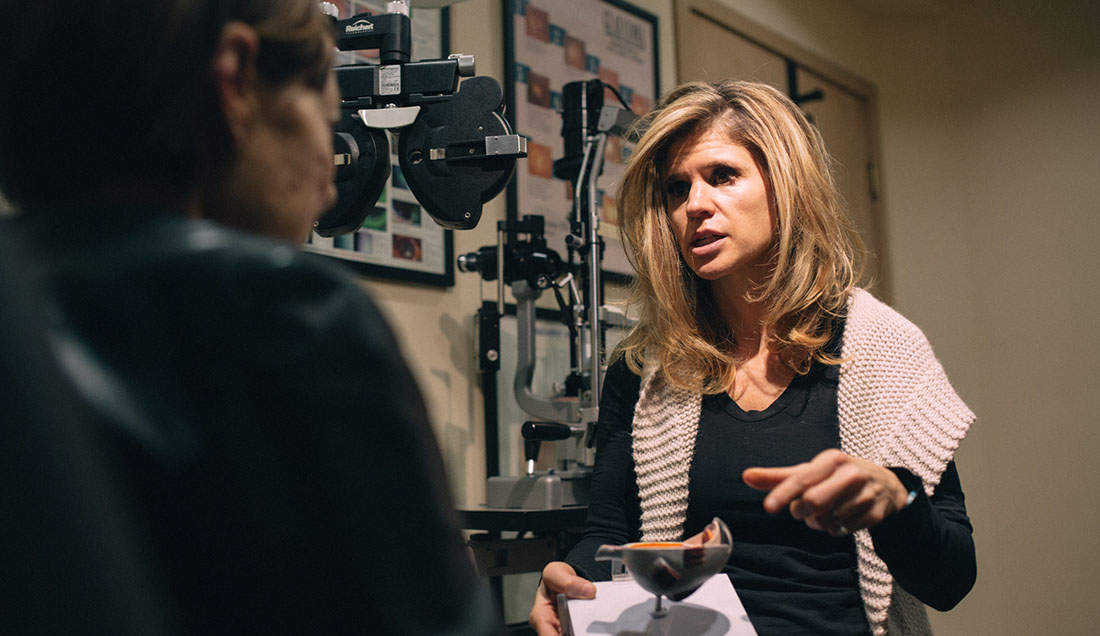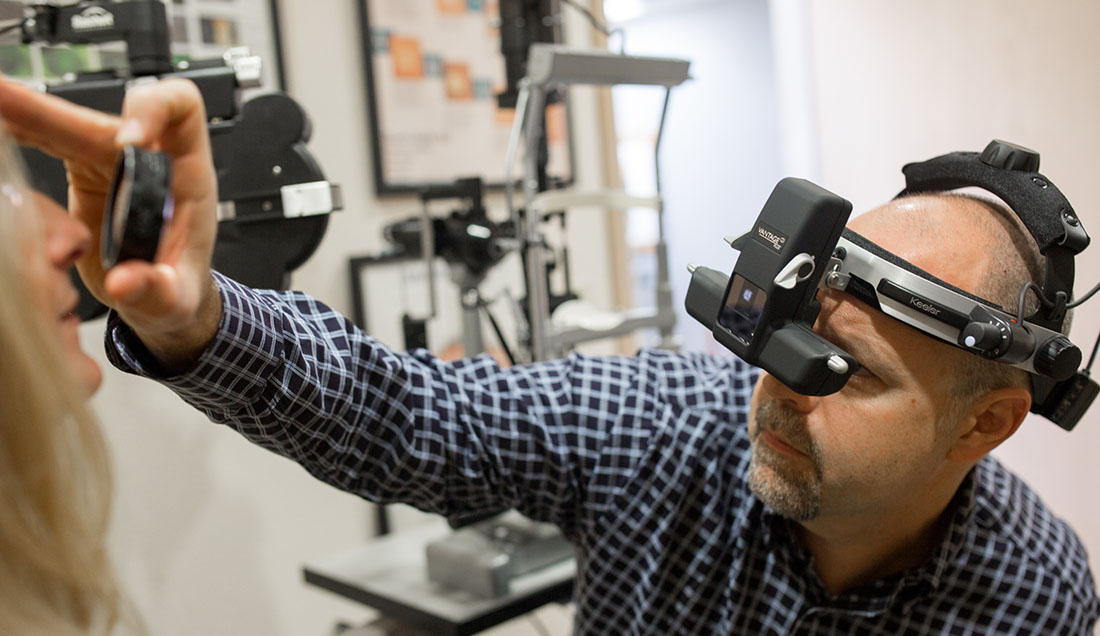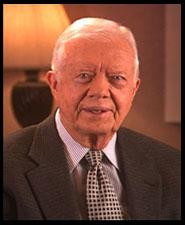Office Hours
| Monday | 8:00am - 5:00pm |
| Tuesday | 9:00am - 5:00pm |
| Wednesday | 7:00am - 5:00pm |
| Thursday | 7:00am - 4:00pm |
| Friday | 7:00am - 4:00pm |
| Saturday | CLOSED |
| Sunday | CLOSED |
Optometric Physicians NW
2222 James Street Suite A
Bellingham, Washington 98225
Phone: (360) 676-4030
Fax: (360) 676-8719
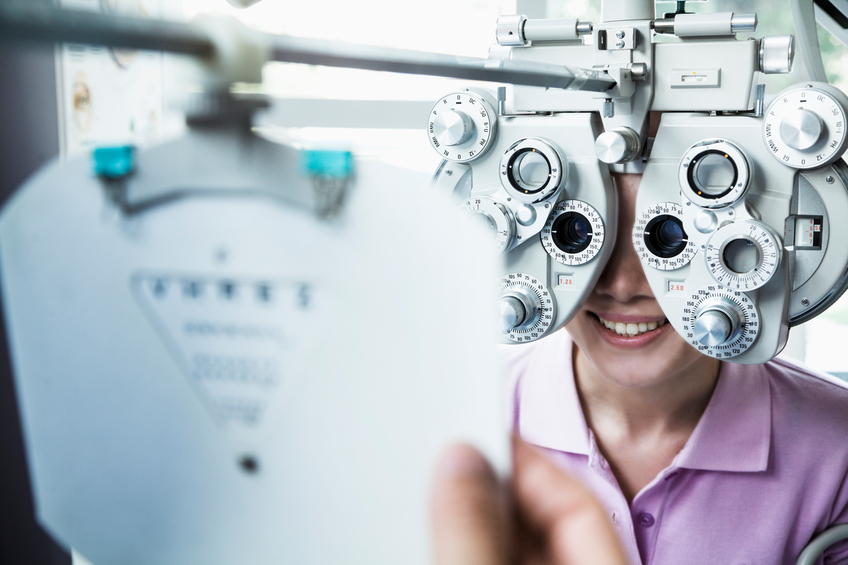
Learn more about vision therapy for adults at http://www.covd.org/page/adults
Do you have reduced and difficult vision that can’t be corrected with glasses or conventional contact lenses? Scleral Lenses may be your solution.
Scleral contacts are a specialty lens designed to vault over the entire corneal surface and rest on the "white" of the eye (sclera). In doing so, scleral lenses functionally replace a sick or irregular cornea with a perfectly smooth optical surface to correct vision problems that otherwise cannot be corrected.
Who could potentially benefit from scleral lenses?
Patients with:
- Irregular corneas
- post surgical corneas
- keratoconus
- pellucid marginal corneal degeneration),
- patients with conditions that affect the tear film
- Dry eye syndrome
- Moderate to severe dry eye
- Graft vs. host disease
- Sjogrens disease
- Stevens Johnsons Syndrome
- Neurotrophic keratopathy
- Bells Palsy or lid closure problems that lead to severe dry eye
- Eyes that have undergone a corneal transplant
- Inflammatory conditions
- Limbal stem deficiency
- Ocular Cicatricial pemphigoid
- High Refractive errors
- Patients unable to wear other forms of correction
If the cornea is sick and/or not smooth, vision will not be easily correctable with spectacles or most soft contact lenses. Scleral lenses mask this irregularity and allow for improved vision by providing a smooth front surface. The fluid reservoir beneath a scleral lens will also improve comfort, and may allow cornea’s in poor health to heal.
There are different sizes and types of scleral lenses. During your contact lens exam and fitting, your eye care professional will determine the best scleral lens type and size for your specific needs.
Scleral Contact Lenses For Keratoconus
Many optometrists and ophthalmologists recommend scleral contact lenses for a variety of hard-to-fit eyes, including eyes with keratoconus.
In cases of early keratoconus, a standard GP lens may be used. However, if the lens does not center properly on the eye or moves excessively with blinks and causes discomfort, switching to a large-diameter scleral contact lens may solve the problem.
Because scleral lenses are designed to vault the corneal surface and rest on the less sensitive surface of the sclera, these lenses often are more comfortable for a person with keratoconus.
Also, scleral lenses are designed to fit with little or no lens movement during blinks, making them more stable on the eye, compared with traditional corneal gas permeable lenses.
Scleral Contact Lens Cost
Scleral contact lenses are custom-made for each wearer, so fitting scleral contacts demands much greater expertise and more time than fitting standard soft or GP contact lenses.
Often, computerized maps of the curvature of the entire cornea are generated to facilitate the lens fitting, and several trial lenses of different sizes and curvatures may be applied to the eye during the fitting process.
Also, depending on the complexity of the problem and how the individual eye tolerates the scleral lens, adjustments of lens parameters may be needed, which will require additional lenses to be made and exchanged. The entire scleral lens fitting process can take several visits to determine the optimal lens for each eye.
While many individuals who use scleral lenses have worn soft or corneal GP lenses in the past, the process for applying and removing scleral lenses is different and may take some practice. The additional time needed to master this, due to the larger size of the lenses and the fluid reservoir under the lenses, needs to be taken into consideration during the fitting process.
For these and other reasons, scleral contact lenses can cost significantly more than standard contacts; in fact, it is not uncommon for scleral contacts to cost three or four times more. Ask your eye doctor's office for details. We offer financing options for scleral contacts.
Scleral Contact Lenses Help Star Perform Crazy Movie Stunt
July 2015 — Actor Tom Cruise is known for doing his own adrenalin-pumping, sometimes crazy movie stunts. In his new film, Mission: Impossible Rogue Nation, Cruise wears scleral lenses during one of his stunts.
Watch as Tom Cruise prepares for one of his most talked-about movie stunts. See if you can catch the clip where they insert his scleral contact lenses.
The scleral lenses Cruise wears are to protect his eyes and allow him to open them while facing high speed winds. Why does he need them? Because the actor does a scene hanging onto the wing of a real fighter jet that flies 5,000 feet above the ground.
Scleral lenses have a larger diameter than other gas permeable contact lenses and rest on the white part of the eye. They are sometimes used to treat severe dry eyes, because the space between the cornea and the lens acts as a fluid reservoir, keeping eyes moist. Other scleral lenses are used for people who have irregular corneas.
However, this instance demonstrates a very unique benefit: protecting the surface of the eye from high speed winds. — N.B.
What Is Low Vision?
Partial vision loss that cannot be corrected causes a vision impairment known as "low vision." A person with low vision has severely reduced visual acuity or contrast sensitivity, a significantly obstructed field of vision—or all three.Signs of Low Vision
- Difficulty recognizing a familiar face
- Difficulty reading—print appears broken, distorted or incomplete
- Difficulty seeing objects and potential hazards such as steps, curbs, walls, uneven surfaces and furniture
Low Vision=Useful Vision
People with low vision usually retain some usable vision. Dr. Bearden can evaluate how you see and prescribe optical devices to maximize your remaining vision. This functional vision assessment is an important step in helping improve your quality of life.Improving Your Functional Vision with the Help of Devices
Even with regular eyeglasses or contact lenses, a visual image—whether a sentence from a book or a crosswalk at a busy intersection—may appear distorted, blurred or incomplete if you have low vision. Dr. Bearden may recommend or prescribe devices such as magnifiers and tinted lenses to help you take full advantage of the sight you have. Non-optical devices such as large-print clocks and remote controls, as well as signature and writing guides, are also popular.Low Vision Services
The inability to preform daily tasks makes life extremely difficult. The Optometric Physicians Northwest Low Vision staff helps patients regain some independence in such activities such as reading, paying bills, recognizing faces, maintaining balance and walking, enjoying hobbies, returning to work, managing household tasks, driving, and classroom participation.
Our low vision team provide care and advice. We supply a variety of visual enhancement devices to help you (or your loved one) maintain independence and quality of life.
What Can Vision Rehab Do?
Reading
Optical devices to enlarge text and increase contrast expand reading ability. Vision therapy can improve eccentric viewing (EV), a technique to move blind spots out of the way, and can improve scanning abilities.
Driving
Dispensing of optical technologies coupled with extensive training provides a comprehensive dirvers rehabilitation program.Returning to Work
Vocational rehabilitation, digital magnifiers, and specialized software can help some patients return to work.Walking and Balance
Prism lenses, visual field expanders, and therapy stabilize vision. Dizziness and resultant falls are minimized.ADLs
Optical device training for ADLs (activities of daily living) is best done in the home or simulated home environment.Hobbies & Activities
Low vision rehabilitation can be tailored to meet the demands of any hobby or activity (e.g., piano, painting, sports, nature).Children & Learning
Help is available for visually impaired children who need assistance in vision information processing and vision-related learning disorders.
Helping Infants to Establish a Lifetime of Healthy Vision
|
President Jimmy Carter is the Honorary Chair for InfantSEE®.
|
Cooing, sitting up and crawling are signs that your baby is growing. Your baby's vision has stages of development too, but usually there are no signs to mark the progress.
The American Optometric Association encourages parents to include a trip to the optometrist in the list of well-baby check-ups. Assessments at six to twelve months of age can determine healthy development of vision. Early detection of eye conditions is the best way to ensure your child has healthy vision for successful development — now and in the future.
InfantSEE® is a public health program, managed by Optometry's Charity™ - The AOA Foundation, designed to ensure that eye and vision care becomes an integral part of infant wellness care to improve a child's quality of life.
Under this program, AOA optometrists provide a comprehensive infant eye and vision assessment within the first year of life regardless of a family's income or access to insurance coverage. We are proud to take part in this program as we feel very passionate about the need for childs eye examinations.
Pre- and Post- Operative Cataract Evaluation
The complexity of the eye and the ability to see are wonderful miracles. And the marvel of restoring eyesight is no less miraculous. We want you to be knowledgeable about what cataracts are, how to treat them, and what to expect when we determine cataract surgery is right for you. Dr. Bearden will evaluate your lenses each time he or she preforms a comprehensive eye examination and follow the status of your cataracts. When it comes time for surgery, we will determine which surgeon will best suit your needs, and Dr. Bearden will review all of your lens implant options and help you determine which implant will best suit you.
What Is a Cataract?
A cataract is a cloudiness that develops in the normally clear lens of the eye. This cloudiness usually worsens until it scatters or blocks the light trying to enter the eye, causing vision to become dim, blurry and distorted. Most cataracts develop slowly over time and may take several years before seriously affecting a person’s vision.
When the clear lens becomes milky or dirty looking, it is called a cataract. The word cataract means white water falling because it is like looking through white, frothy water. A person with cataracts cannot see clearly and colors may appear dim and faded.
Dr. Bearden may discover developing cataracts in the course of your eye exam. If you have cataracts that are causing visual difficulties, he or she may recommend surgery, the only known cure for cataracts.
When the eye's natural lens is removed during cataract surgery, it is replaced with an artificial lens implant. Today, patients are becoming increasingly involved in selecting the type of lens implant that meets their needs. There are three basic types of implants.
1. Standard Single-focus Lens Implants
Most choose the standard single-focus lens implant. They provide excellent vision at one distance and glasses are usually required to achieve the full range of vision. For example, if the lens implant's focusing power is selected to give good distance vision, glasses will likely be needed to read, sew, work on crafts and use a computer. Over the last 20 years, surgeons have implanted tens of thousands of single-focus lens implants and most patients are very happy with the vision they provide.
Strengths
- Excellent quality of vision
- Independent from glasses for many activities
- Proven safe and effective in millions of procedures
- Glare and halos around lights are rarely noticed
- Monovision is possible, where one eye is corrected for near vision and the other for distance, for people who have successfully tried this with contact lenses
Limitations
- Unable to change focus for both near and distance vision
- Glasses are generally needed for either near or distance vision and sometimes both
- Do not correct astigmatism
2. Lens Implants for Astigmatism
Astigmatism is a focusing problem caused either by an irregularly curved surface of the eye or an irregularly shaped lens. It is normally corrected with glasses, laser vision correction or specialty contact lenses, but several lens implants are available that can compensate for this condition. Lens implants for astigmatism must be precisely positioned and aligned inside the eye for maximum benefit. A small percentage of patients may require additional minor surgery to optimize positioning. Before surgery, these lenses require extra eye measurements and services that insurance companies do not usually pay for. If you are interested in reducing your astigmatism to become less dependent on glasses, discuss this option with Dr. Bearden.
Strengths
- Excellent quality of vision
- Independence from glasses for many activities
- Monovision is possible, where one eye is corrected for near vision and the other for distance, for people who have successfully tried this with contact lenses
Limitations
- Glasses are generally needed for either near or distance vision and sometimes both
- Can only correct certain amounts of astigmatism
- May require additional surgery to optimize position
- Evaluation and surgery cannot be done on the same day
- More exams are required
- Involves extra costs
3. Multifocal Lens Implants
If you have a strong desire to not wear glasses, these lenses may be right for you. Presbyopia is the eye's inability to change focus from distance to near — the age-related condition that usually requires reading glasses or bifocals between age 40 and 50. Several types of multifocal lens implants offer the possibility of seeing well at more than one distance without reading glasses or bifocals. One option popular with many surgeons is the ReZoom lens by Advanced Medical Optics.
Multifocal lens implants cost significantly more than standard lens implants and require additional exams, tests and follow-up care. Insurance companies do not usually pay the extra costs of these services but financing options may be available.
Multifocal lens implants are not well suited for everyone and require adaptive personalities to adjust to the vision they provide. They allow most people to function most of the time without glasses. But if you expect multifocal lens implants to provide perfect vision without glasses, you will likely be disappointed.
Strengths
- Greater independence from glasses for most activities
- Good reading vision in most situations
- Very good intermediate vision (computer distance)
- Excellent distance vision day and night
- Most people say they function well and are happy with the vision these lens implants provide
Limitations
- Glare or halos will be noticed around lights at night
- May take weeks or months to adapt to vision
- Approximately 20% of people will need glasses for some tasks
- May slightly reduce the ability to see subtle differences in shades of gray
- Do not correct astigmatism
- May require fine-tuning with laser vision correction
- Evaluation and surgery cannot be done on the same day
- More exams and doctor visits are required
- Involves significant extra costs
In early 2011, Dr. Amy realized her dream of opening a pediatric optometry clinic that includes Vision Therapy services. Dr. Amy is obtaining her fellowship with the College of Vision Development, the international certifying board for doctors who specialize in diagnosis and treatment of vision-based learning problems.
What Is Vision Therapy?
Vision Therapy, sometimes called “vision training,” or simply “VT,” is a prescribed treatment used to treat binocular vision conditions that contribute to difficulty with near activities such as reading and learning. A common misconception is that VT consists of eye exercises to strengthen the eye muscles. The muscles, however, are rarely the problem. The problem arises when the brain to eye neural connections are weak.
VT works to restore and strengthen these brain to eye neural connections, not the eye muscles themselves. Neuroplasticity, the ability to change and enhance the neural connections, is possible at all ages, not just in children. Thus, VT is effective with children and adults.
Another name often associated with VT is “orthoptics.” This term, which literally means “straightening the eyes,” is limited to techniques for training eye muscles to straighten misaligned eyes. While orthoptics is a very important part of vision therapy, VT defines a much broader range of techniques used to treat a wider variety of vision problems.
VT is a highly effective, non-surgical treatment for some forms of strabismus (or misaligned eyes). In other forms of strabismus, surgery may still be indicated and VT is an adjunct treatment to maintain success. VT can correct many other problems of the visual system such as amblyopia (lazy eye), eye movement disorders, accommodative (focusing) disorders, binocularity problems, visual perceptual disorders, and vision disorders associated with acquired brain injuries.
Symptoms that may indicate a vision problem:
- Frequent headaches or eye strain
- Blurring of distance or near vision, particularly after reading or other close work
- Avoidance of close work or other visually demanding tasks
- Poor judgement of depth
- Turning and eye in or out, up or down
- Tendency to cover or close one eye, or favor the vision in on eye
- Poor hand-eye coordination
- Difficulty following a moving target
- Poor reading comprehension
- Difficulty copying from one place to another
- Hyperactivity in the classroom
- Loss of place, repetition, and/or omission of words while reading
- Difficulty changing focus from distance to near and back
- Poor handwriting
- Dyslexia tendencies

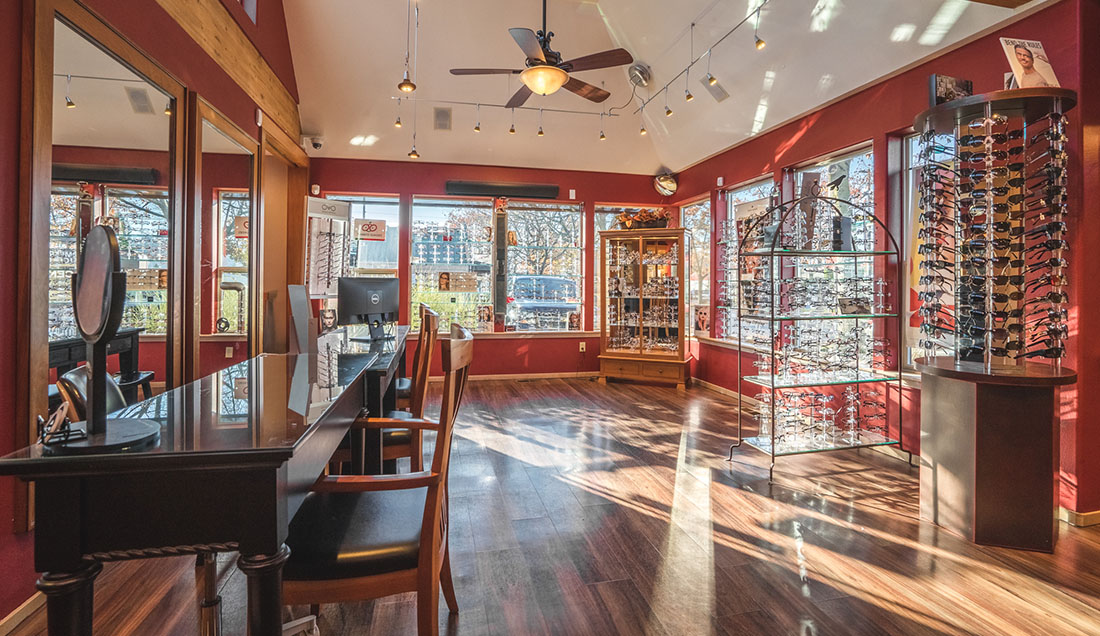
![[Elegance]Slideshow](/images/impact/slides/slide_0000_Waiting%20area%201%202.jpg)

